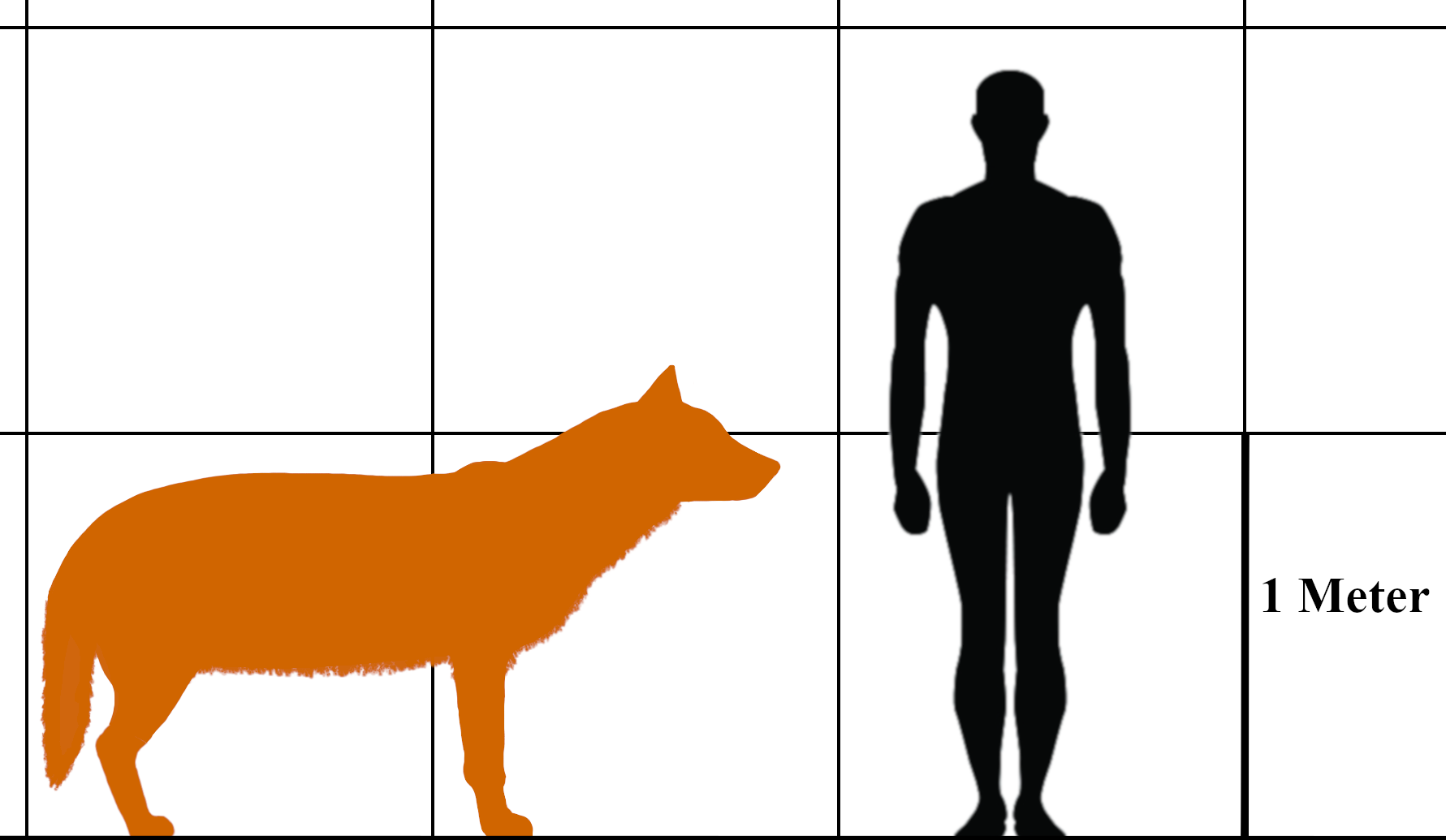10 Theories Explaining Why the Mighty Dire Wolf Went Extinct
The dire wolf, an apex predator that once roamed the landscapes of North America, has long fascinated scientists and laypeople alike. Despite its formidable presence during the Pleistocene epoch, this colossal creature vanished from the face of the Earth approximately 13,000 years ago. The mystery surrounding its disappearance has spurred a plethora of hypotheses, each attempting to unravel the ancient secrets behind this extinction. This article embarks on a journey through these captivating theories, exploring the interplay of ecological, environmental, and anthropogenic factors that might have contributed to the dire wolf's downfall. As we delve into the scientific narratives and speculative tales, we seek to illuminate the shadows of prehistory and understand the forces that shaped the dire wolf's fate.
1. The Dire Wolf: A Prehistoric Apex Predator

The dire wolf (Canis dirus) was not just a large wolf; it was a formidable predator with a robust build and powerful jaws, adapted to hunt large prey. Standing at about five feet long and weighing up to 150 pounds, it was larger and heavier than the modern gray wolf. Its skeletal structure suggests a creature designed for strength rather than speed, indicating a specialization in taking down large herbivores like bison and horses. Fossils found in the La Brea Tar Pits and other sites provide a glimpse into its life and environment. These remains reveal a predator that thrived in diverse habitats, from open plains to dense forests, showcasing its adaptability. However, its reliance on large prey may have been a double-edged sword, contributing to its vulnerability as ecosystems transformed.